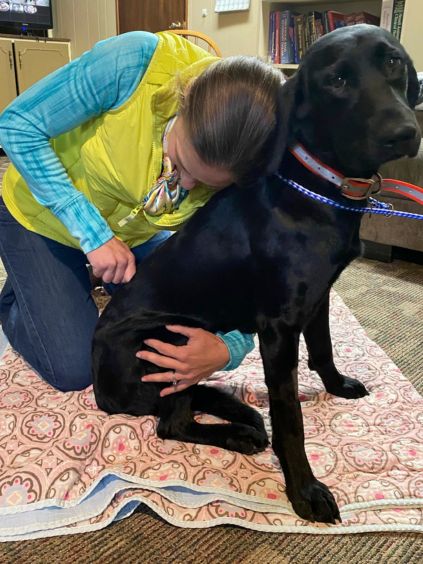Animal Chiropractic Care
focuses on the neuromusculoskeletal system’s preservation and health
Animal Chiropractic Care
Animal Chiropractic care
Animal Chiropractic is a field of animal health care that focuses on the preservation and health of the neuro-musculo-skeletal system.
Nerves control everything that happens in your animals. Anything adversely affecting the nervous system will have detrimental effects that will resonate throughout the entire body. The command centers of the nervous system are the brain and spinal cord which are protected by the spine. The spine is a complex framework of bones (vertebra), ligaments, muscles and nerves. If the movement and biomechanics of the vertebra become dysfunctional, they can interfere with the performance of the nerves that are branching off of the spinal cord and going to the all of the muscles and organs. As this occurs, your animal can lose normal mobility; resulting in stiffness, tension, pain and even organ dysfunction. Additionally, when normal movement is affected, and left unattended, it will ultimately impact your animal’s entire wellbeing and quality of life.
What ailments can a veterinarian help Animals with?
Many illnesses, injuries, and afflictions can be helped by animal chiropractic, and as the field of veterinary chiropractic develops, this list will undoubtedly expand. The ailments that animal chiropractors most frequently treat include the ones listed below.

Does My Animal Need and Adjustment:
DOG SIGNS AND SYMPTOMS
- Pain when being touched, pet or lifted
- Reluctance or difficulty when climbing stairs or jumping
- Difficulty when getting up after lying down
- Negative changes in attitude or behavior
- Altered sitting (“Puppy Sitting”)
- Changes in eating or eliminating
- Constantly licking or chewing paws
- Lameness or changes in gait
- Changes in performance
- Lying on one side
CAT SIGNS AND SYMPTOMS
- Obvious pain or discomfort (difficulty jumping, reluctance to climb stairs, cries when being picked up)
- Loss of appetite
- Increased thirst (often a sign of diabetes)
- Unexplained changes in weight
- Bad breath
- Diarrhea or changes in litter contents, urinating outside the box
- Prolonged or repeated vomiting (though eliminating hairballs is normal, continual vomiting is often a sign of infection and can cause dehydration)
- Discharge from the eyes and/or nose (common sign of upper respiratory infection)
- Lump or lesions evident to touch or sight
- Finally, cats tend to hide if injured or ill. If your cat has suddenly gone into hiding, it’s generally a sign that something is amiss.
What to Expect After a Chiropractic Adjustment:
Your animal might feel a bit sore for a day after being adjusted, but we usually see three possible scenarios play out:
1.) If your animal is coming for maintenance care and is generally healthy, you’ll mostly likely see a slight increase in energy, overall happier demeanor, or your animal will just continue to be its healthy self.
2.) If your animal isn’t feeling well or is sore or stiff, you can expect to see anywhere from complete improvement of symptoms to about 50 percent improvement. This often depends on how long they have been injured before coming in for an adjustment.
3.) If your animal is very sick or has a major injury, like a disc herniation, you may not see much improvement after the first visit. It may take several treatments before any significant change is noticed. Disc issues generally take 4-6 visits before any noticeable improvement happens.
Adjustment Frequency:
Each animal is a bit different depending on why they need to be adjusted. In severe cases, they may need to come back every week or two, but more often, animals hold their adjustments well and can easily go 6–8 weeks between sessions!
